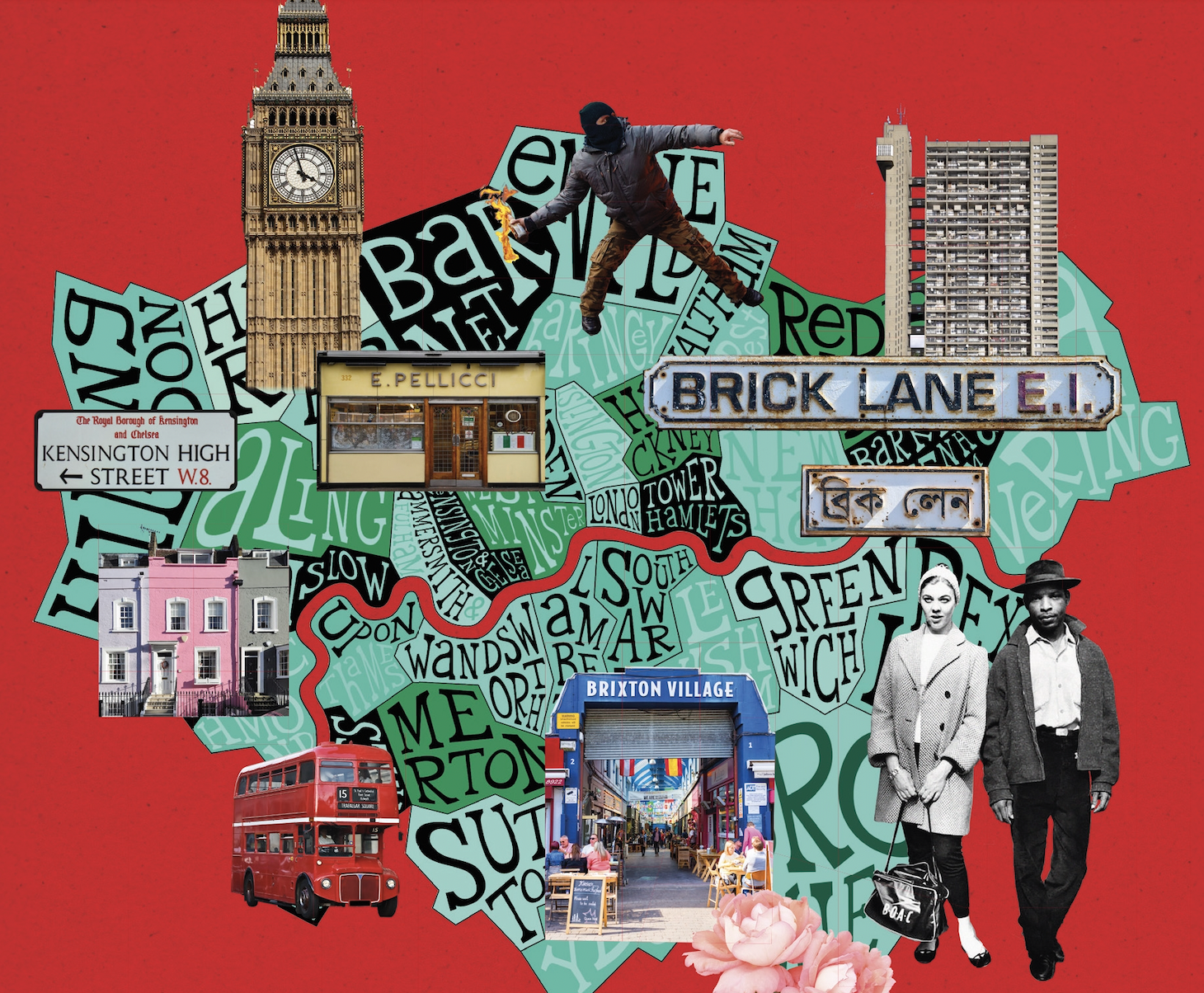Post
London is an immigrant city with so much to explore, says Nazneen Khan-Østrem
5 Sep 2023
Nazneen Khan-Østrem is a staff-commentator for the newspaper Aftenposten in Norway and an author. She was born in Nairobi, Kenya and her family moved to the UK in 1970. Her family later moved to Norway in 1976.
Her book London: Immigrant City has been praised as one of the best books on the many diverse migrations to London.
Your book London: Immigrant City has been called a love letter to London. What do you love most about London?
London is like a treasure box. Every street is filled with so much history, you never know how many layers of history there are to a house or a street, and I just love the mix of people and architecture. I never get bored in London. Every time I feel I have got some sense of an area, I realise there is so much more to explore. I wish I could do one street at a time.
Check out our rundown of upcoming events
Do you consider yourself a Londoner? If not, where do you consider home?
It is a difficult question. I have spent so much time in London since I was a kid. But I have never lived in London, so I do not have the links or roots that make you a Londoner. I grew up in Surrey, and later we moved to Norway. However, most of my family lives in London, and I feel a deep connection to the city. Also, we have always owned a flat there, which is my second home. My parents have been dividing their lives between Norway and the UK, so I would say I have two homes, London is one of them and Oslo, the other.
You are a British, Muslim, Asian woman, born in Nairobi and raised in the UK and Norway. How has that influenced you as a writer?
It has given me a rich perspective. I think my background as a Kenyan Asian gives me an extra dimension as this period in British history has not been explored at lengths. I am a minority within minorities and my identity is complex. My family is spread all over the world, so I am never defined by nationality or borders. It has made me very cosmopolitan in my approach to life, but also restless and inquisitive. Maybe that is why I became a journalist and a writer.
Do you feel like an outsider?
In some way yes, but that is due to my connection with the punk movement. I started my career as a writer as a music journalist. There were very few British Asian women around, so I did feel somewhat lonely at gigs or gatherings. I wrote about this for the anthology called “Not quite right for us” where I discuss one of my favourite movies “This is England” by Shane Meadows and how racism was sadly a part of the punk movement. That did disturb me, but luckily I found so many soulmates too. But not so much otherwise.
Of all the people you have met in the course of writing the book, who has stayed with you?
That would be like choosing a favourite child! I have to say all the people I have met during my research have been interesting and inspiring. I would however like to give a shout-out to the Pellicci family who run a cafe in Bethnal Green. Visiting their place was a life-changing experience. Rarely have I met such warmth in London. If I feel slightly gloomy I think about Nevio and Anna, and it cheers me instantly.
Subscribe to the London Society newsletter
The book is also a personal memoir. What are your favourite memories of London?
Visiting Camden Palace in the late 1980s was amazing and walking around the seedy streets of Soho. I was a huge fan of Soft Cell when I was young, and I loved the ambience the area had at that time. Very alluring. I also remember attending the anti-poll tax demonstrations in the 1990’s. It was a special time, so much energy, and since I lived in Norway, it was so exciting to see all the different people marching with us.
Food also plays a major role in the book. Where are your favourite places to eat in London?
Obviously E. Pellicci’s! I love Tooting because of all the Indian restaurants there. I love simple places. My experience is that the food is really tasty there. However, I have to say dining at the Bombay Brasserie in Kensington is well worth visiting too. I also love Drummond Street. It was in addition to Southall, the place my parents travelled to when I was a kid to buy authentic Indian food and sweets. I still love the place, even though the area is very gentrified now.
What will the London of the future look like?
London will always be a wonderful place. But I am worried about regeneration. It does tend to displace communities that have made places vibrant and interesting. I am also worried when areas of London become playgrounds for the rich. There are more and more pockets of London that have become merely investment projects more than lively communities where people enjoy their daily lives. There needs to be continuous investment in housing for regular people and developments of interesting neighbourhoods.
London: Immigrant City is published by Little, Brown Book Group

